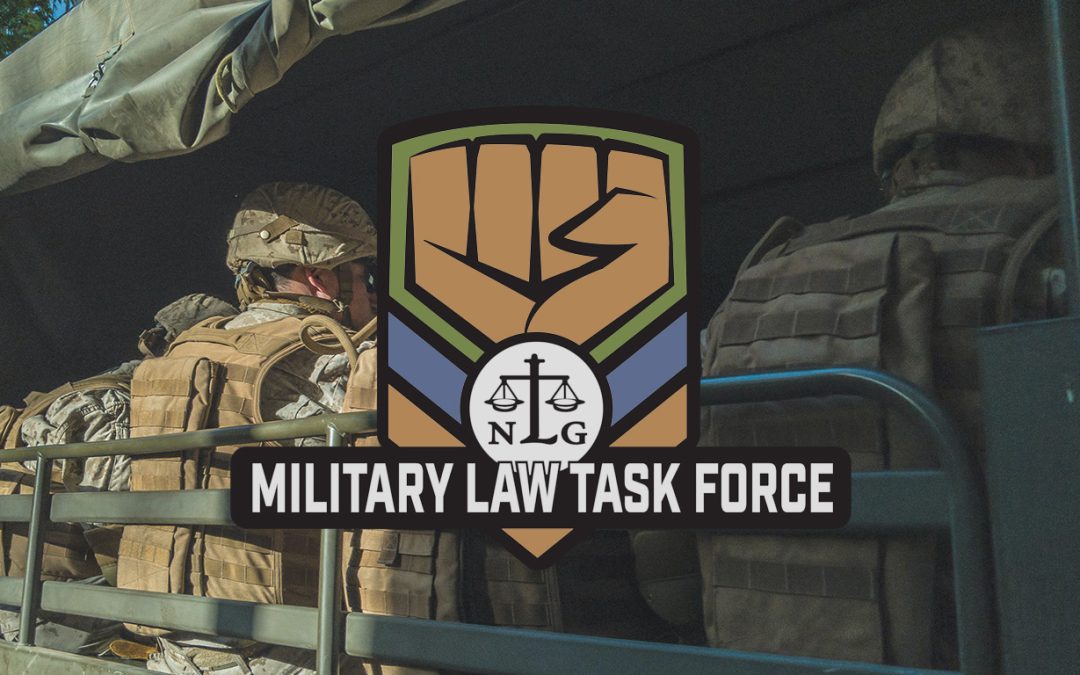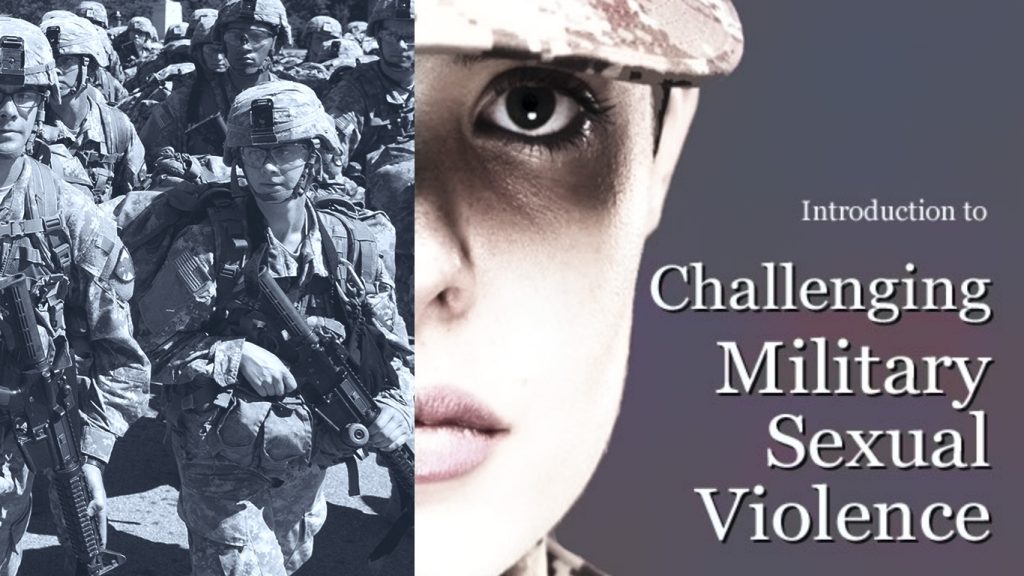A history of military service by women and an assessment of what lies ahead for female servicemembers
BY KATHY JOHNSON
Women served in the military since the Revolutionary War, when they worked as nurses, water bearers, cooks, laundresses and saboteurs, and they have served in some capacity ever since. In the Civil War women disguised themselves as men to serve in combat.
Several other countries already allow women to serve in combat units. For example, Denmark (1978), Norway (1984) and Sweden (1989), have given women equal opportunities to advance in the military by allowing them in combat.
The debate in the United States on whether women should be fully integrated into the armed forces originated in the 1940s and embraced women, blacks and other ethnic minorities. The debate led to allowing interracial military structures but did not provide for women in the military beyond a few positions. Pentagon policy denying women frontline combat roles, last updated in 1994, defines “direct combat” as “engaging an enemy on the ground with individual or crew-served weapons, while being exposed to hostile fire and to a high probability of direct physical contact with hostile personnel.”
Up to 230,000 posts open to women
The fear of women having to serve and die in combat positions helped defeat the Equal Rights Amendment in 1982. Despite the raising of such specters, women have frequently found themselves in combat in Iraq and Afghanistan, where more than 130 women have died and more than 800 have been wounded. These women are not given adequate credit for their combat experience, because they are only “attached” to their unit and not assigned. Women now make up almost 15 percent of the American military and their service has made it possible for the Army to become all-volunteer.
On January 24, 2013, Defense Secretary Leon Panetta announced that the military would finally lift the ban on women serving in frontline combat roles, overturning the 1994 rule that limited the roles for women in the armed forces to units below brigade level away from direct combat. He announced the DoD’s renewed commitment that “everyone is entitled to a chance” to serve his or her nation in a combat role, thereby affecting the roughly 200,000 active military personnel who are women.
The Pentagon has said Congress will have 30 days to weigh in on the decision. The military services will have until May 15 to inform Panetta of implementation plans and until January 2016 to seek exemptions. However, the military wants to move as quickly as possible, noting that 230,000 positions were now potentially open to women, including posts in elite special operations commando units such as the Navy SEALs and Delta Force.
Public support for equality
Pressure for equality in the U.S. army had become more intense during the last decade as America’s “war against terrorism” developed. Public opinion polls show that a majority of Americans agree with the change in policy. For example, a nationwide Quinnipiac University poll conducted last year found that three-quarters of voters surveyed favored allowing women to serve in units engaged in close combat.
In addition, earlier-expressed fears of putting women in the trenches have been dispelled on two fronts. One, of course, is the change in the way the American public thinks about women. The other is the shortage of trenches in modern warfare and that a soldier on the front lines is not necessarily in a more dangerous position than a support worker. According to policy experts who have encouraged the military to lift the ban, much of the impetus appeared to come from Joint Chiefs, indicating that the top military leadership saw that the time had come to open up to women.
Lawsuit may have affected change
In recent months pressure also had been building to change the policy as a result of high-profile lawsuits. In November 2012 four women soldiers sued the U.S. Department of Defense because of the inequality of constraining women from serving in the front lines.1 The reasoning was that more than 280,000 US female soldiers had been sent to Iraq, Afghanistan and neighboring countries, and 152 of the 6,600 of US fatalities were women, proving that there is no real difference between front- or rear-lines once troops are deployed.
The plaintiff soldiers argue that the combat exclusion policy was unconstitutional; that it was based on outdated stereotypes of women and ignored the realities of modern warfare; that women who are serving in combat zones were denied recognition that would advance their careers; that it violated a Supreme Court ruling against government mandated sex discrimination without extremely persuasive justification; and that the policy denied women a “core component of full citizenship.”
According to the brief, “[t]wo of the Plaintiffs were awarded the Purple Heart after being wounded while serving in combat. Two received medals in recognition of their combat service-the Air Force Combat Action Medal and the Army Combat Action Badge. One earned a Distinguished Flying Cross with a Valor Device for extraordinary achievement and heroism while engaging in direct ground fire with the enemy after being wounded when her helicopter was shot down over Afghanistan.”
One of the plaintiffs, Maj. Mary Jennings Hegar, an Air National Guard helicopter pilot, was shot down, returned fire and was wounded while on the ground in Afghanistan. She could not seek combat leadership positions because the Defense Department did not officially acknowledge her experience as combat. Although the suit makes valid arguments, it is not clear how much effect it had on the Pentagon’s decision.
Women as 2nd-class members
The combat exclusion policy contributes to a military culture where women are considered as second-class members of the service. This sex discrimination leads to a hostile workplace for women and tolerance for sexual harassment, assault and rape.
In fact, one of the biggest dangers women in the military face is sexual attacks from male members of their own service. In 2011 there were 3,192 reported cases of sexual assault (the number unreported cases is unknown).2 This is another major problem facing the military and causing it to be a target of criticism (See article by Kathy Gilberd, “Continued Public Pressure Key to Addressing Sexual Assault in the Military” in On Watch issue XXIII.4). If women are officially allowed in combat and have a greater opportunity to advance in the military, it will help to change this culture and put men and women on an equal footing.
The physical fitness excuse
There is still opposition to the change of policy based on arguments that have long been used.
One is the belief that women are not able to fulfill the required fitness standards because of their smaller size and that they do not have the same endurance as men. The new policy does not change the physical and training standards already in place, but instead requires the U.S. military to allow women the chance to meet them.
Officials said repeatedly that they would not lower the physical standards for women in rigorous combat jobs like the infantry, but they also stated they would review requirements for all the military specialties in coming months and potentially change them to keep up with, for example, advances in equipment and weaponry. “I think we all believe that there will be women who can meet those standards,” General Dempsey said.
The unit cohesion excuse
The second reason women have been excluded from units below brigade level is the need to maintain unit cohesion, as allowing women to operate in male-dominated military roles would distract men from mission aims, because they would seek to protect women. The rule of the game was that unit cohesion, the bedrock on which performance of armies rest, has been traditionally built around male bonding. However, this has not been cited as a problem in units that have women “attached.”
In defense of the status quo, Lt. Gen. (Ret.) Jerry Boykin, Family Research Council’s executive vice president, said that “the people making this decision are doing so as part of another social experiment.” He especially criticized the concept of placing women into Special Forces units where “living conditions are primal in many situations with no privacy for personal hygiene or normal functions.” He appears to disregard the idea that the decision to be placed in these situations should be the prerogative of the women concerned.
The prospect of women in combat has been controversial even among female troops. In the July issue of the Marine Corps Gazette, Marine Capt. Katie Petronio, 28, wrote a controversial article entitled, “Get Over It: We are not all created equal.” In recounting her physically debilitating experience working alongside Marine infantrymen, Petronio said she suffered a spinal injury, muscle atrophy and became infertile as a result of her seven-month deployment to Afghanistan. She argued that allowing women into the combat would result in health problems and lower unit performance. Nonetheless, as has been stated, this should be the woman’s decision to make.
Endnotes
1. This fact apparently is making its way into public awareness. In the 2012 film Return, the lead character played by Linda Cardellini makes an offhand comment that the greatest danger “over there” (i.e. Iraq or Afghanistan) is being raped in a porta-potty by her own fellow servicemembers.
2. Mary Jennings Hegar, Jennifer Hunt, Alexandra Zoe Bedell, Colleen Farrell and Service Women’s Action Network are the plaintiffs in Hegar v. Panetta, 3:12-cv-6005 (N.D. Cal. filed Nov. 27, 2012).
Kathy Johnson practices law in Birmingham, AL. Gespass and Johnson have a general practice with an emphasis on human and civil rights. She began practicing law with the National Lawyers Guild’s Military Law Office in Yokosuka and Okinawa, Japan in 1973. A member of its steering committee, she helped to found the Guild’s Military Law Task Force.



